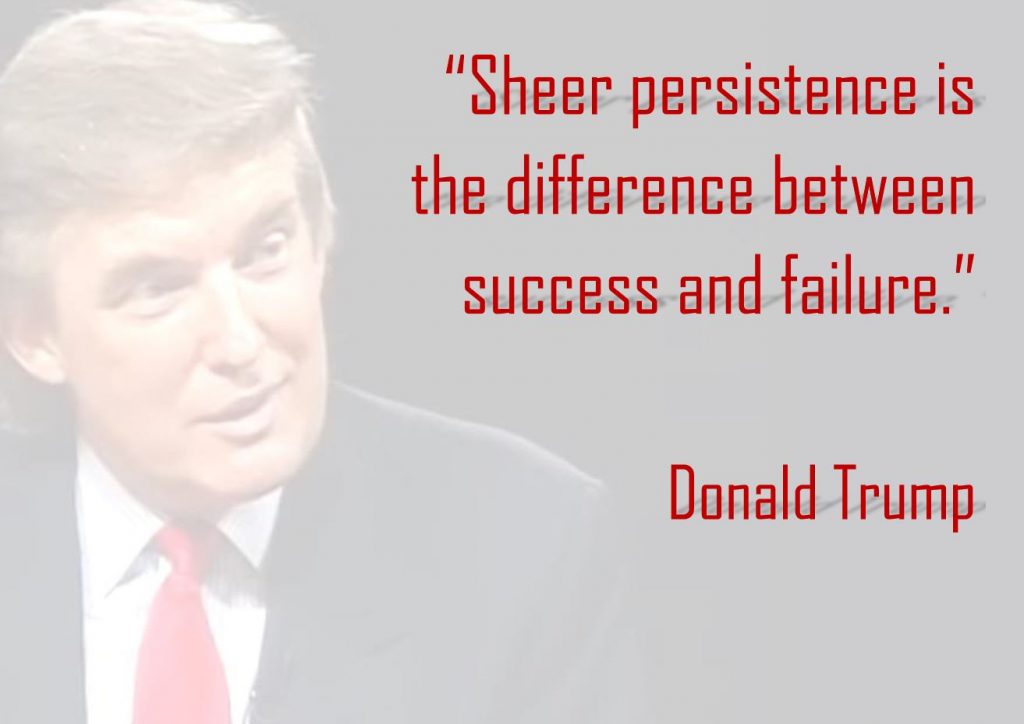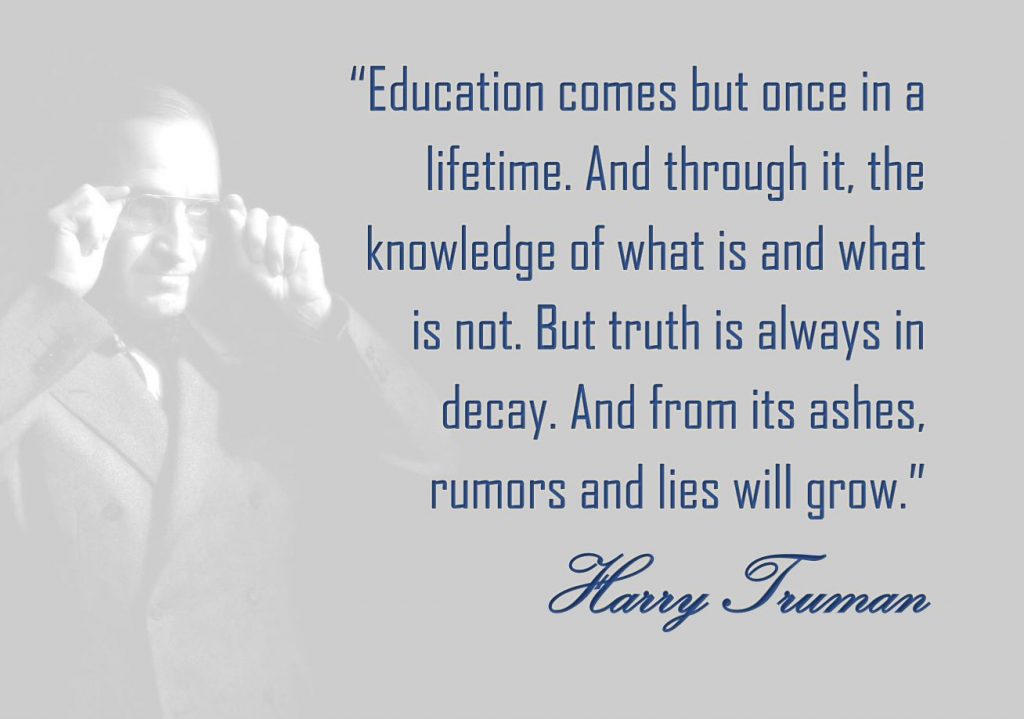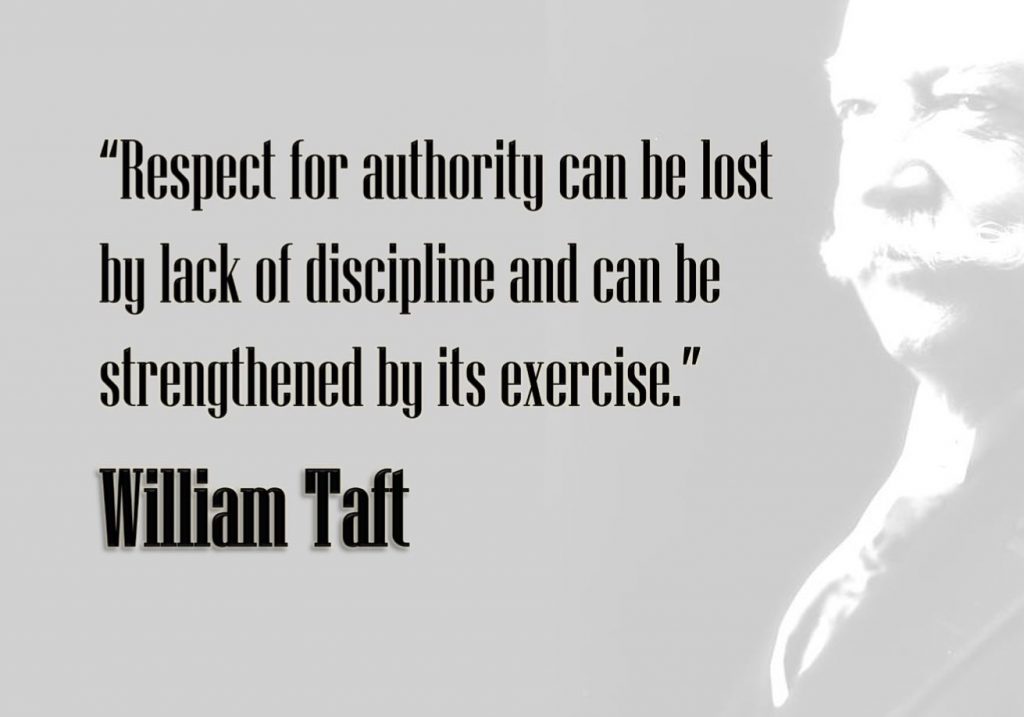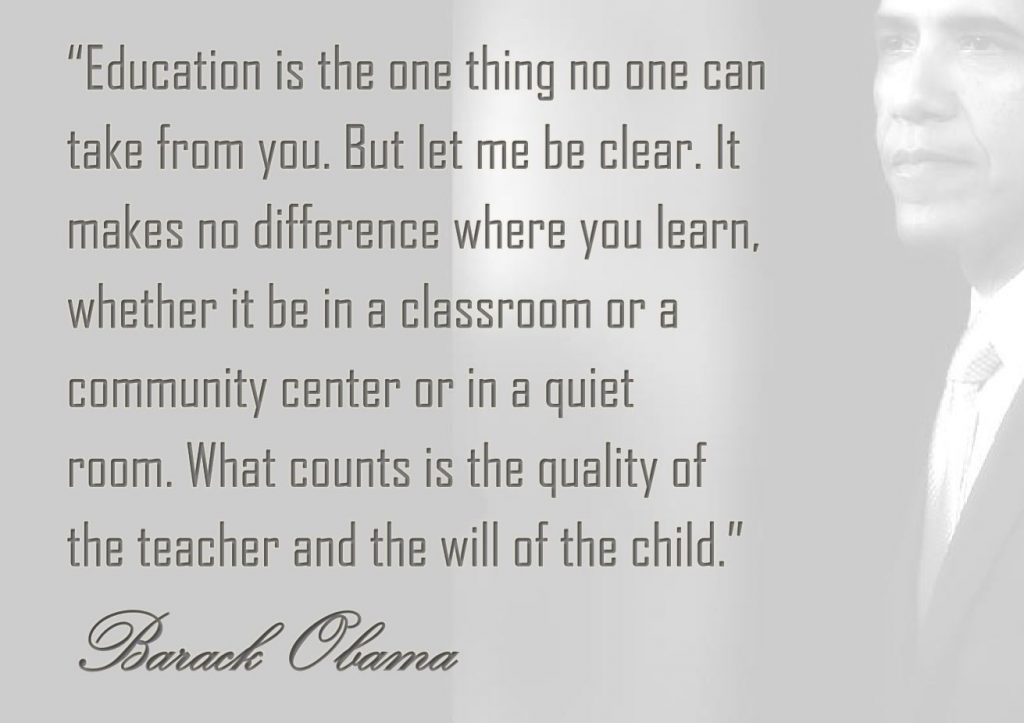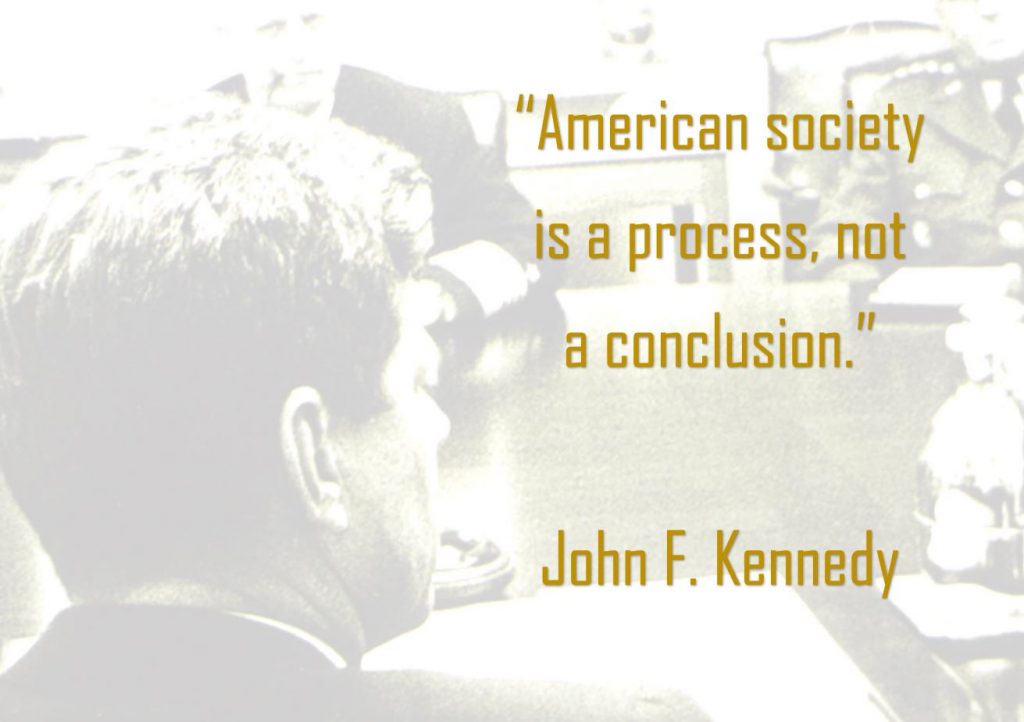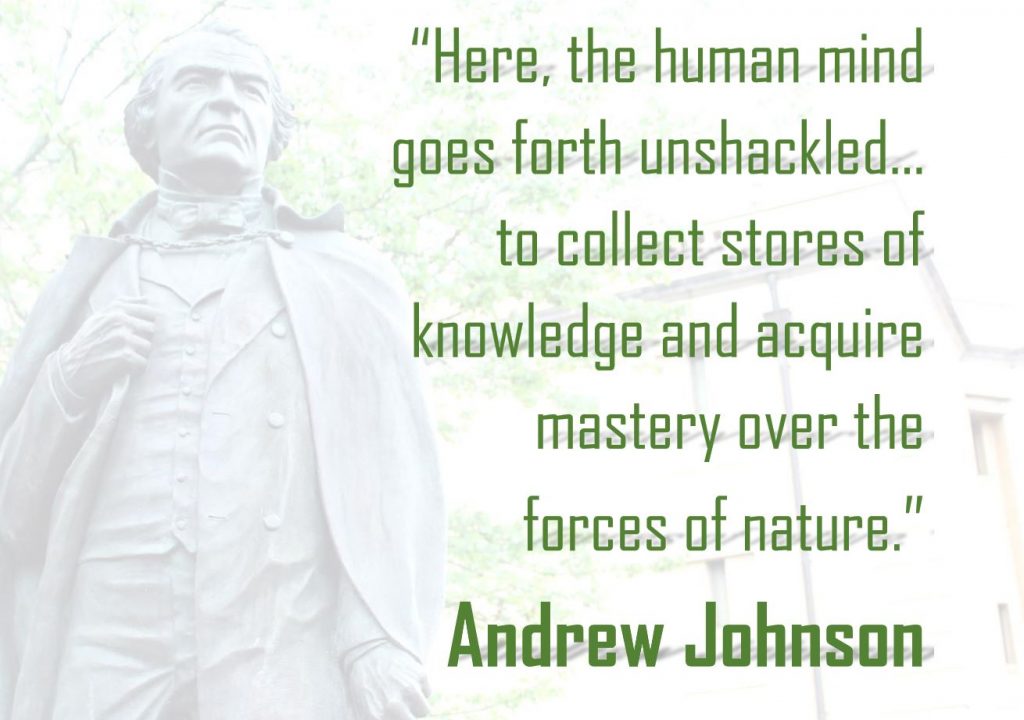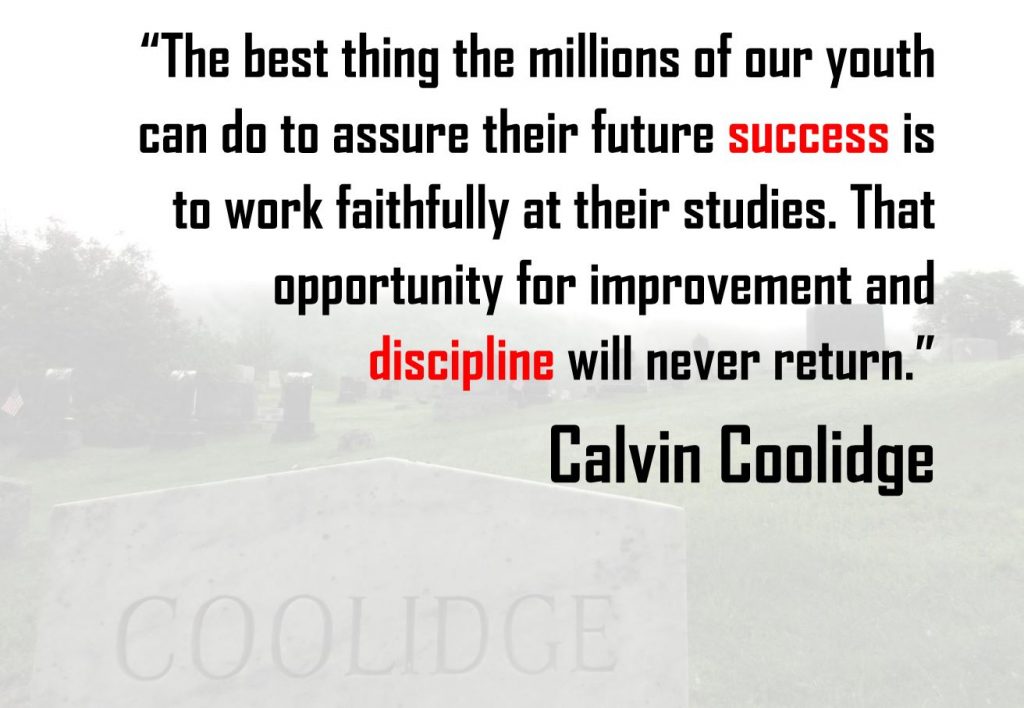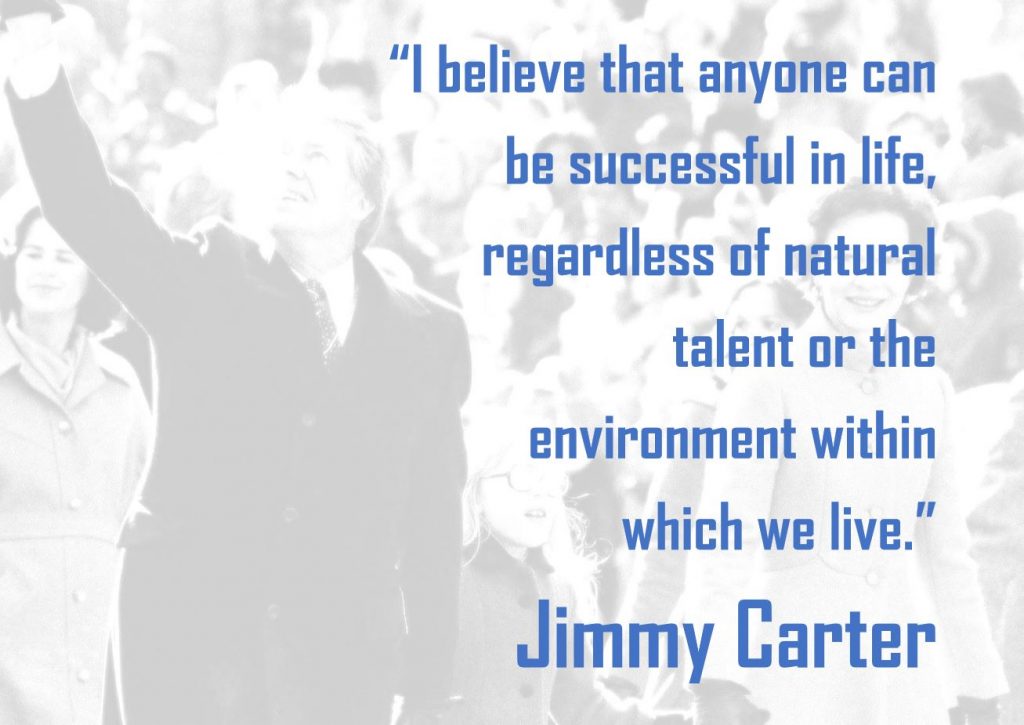OVERVIEW:
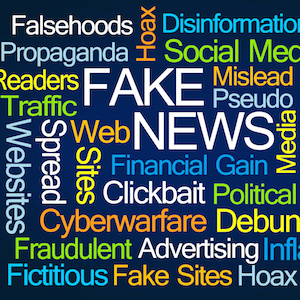 When it comes to the Internet and the Web, everyone relies on them for information. If you want to know how old a famous person is, just Google it and you’ll get a result from some random web page. If you want to know why the sky is blue, just Google it and you’ll find a bunch of science websites that talk about the color spectrum. But is everything on the web true? Is everything we find accurate?
When it comes to the Internet and the Web, everyone relies on them for information. If you want to know how old a famous person is, just Google it and you’ll get a result from some random web page. If you want to know why the sky is blue, just Google it and you’ll find a bunch of science websites that talk about the color spectrum. But is everything on the web true? Is everything we find accurate?
Information is only as valuable as the source it came from. But how can you determine whether a source is valuable? Or credible? Or reliable? Or accurate? This lesson is about knowing how to deal with information on the web, how to be truthful about the content we create, and how to take a stand for truth across the World Wide Web.
LEARNING GOAL #4: Applied Web Design
Students will understand how to expand and apply their modest knowledge of HTML and CSS through Web Hosting, Search Engine Optimization, and JavaScript.
PART 1: Two Sides Discussion
Read MorePART 2: Web Accountability
Read MoreTopic #1 – A Real K12 Example
During the 2016-2017 school year, the yearbook staff thought about publishing the page below as a part of their final book. But after all of our discussion about truth, do you notice anything about the page below that might have become a problem for the editors and the advisers who were in charge of publishing that book? Look over the image below and see if anything stands out as a problem or a concern.
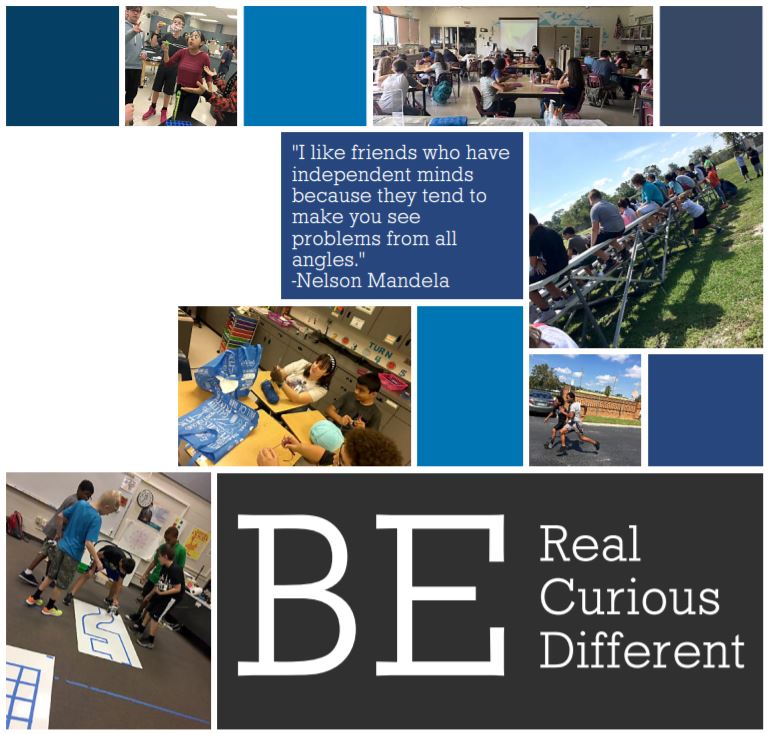
- Does it matter if yearbook publishes a page with an unverified quote?
Why or Why Not?
Topic #2 – Real News vs Fake News
 One of the most common phrases we hear about in society today is something called Fake News. But what exactly does that mean? For something to be “fake,” it has to be intentionally false. In other words, if something is fake news, that means the information and the entire organization that provides that information is intentionally stating things that are false. There is plenty of “fake” news on the World Wide Web, but let’s talk about whether it’s even possible to know the difference between real news and fake news. What do you think?
One of the most common phrases we hear about in society today is something called Fake News. But what exactly does that mean? For something to be “fake,” it has to be intentionally false. In other words, if something is fake news, that means the information and the entire organization that provides that information is intentionally stating things that are false. There is plenty of “fake” news on the World Wide Web, but let’s talk about whether it’s even possible to know the difference between real news and fake news. What do you think?
More recently, the term “fake news” has been used as a way of discrediting a person or an organization, simply because the information that comes from that person or that organization feels unpleasant or unlikable or just makes someone feel uncomfortable. But can a person, a human being, actually be fake? Can an organization, made up of real people, actually be fake? Can every story and every statement made by that organization be fake? Of course not. So what makes something real news?
Real news is based on things that happen and can be proved as factual. For example, let’s say that one of your teachers marked a student tardy at the beginning of the school day. The mother of that student asks her child why he was late and he says the bells were off. The mother then sends an angry email to the teacher insisting that her child’s attendance be updated because her son said the bells were off. But the bells weren’t off. They were working fine. How can the teacher prove to the parent that her child is not telling the truth? How can the teacher prove that the bells were working fine?
In the same way, politicians and public figures who say something on record (through an interview, a speech, or a public meeting) are usually held accountable for what they say. This is the role of the First Amendment.
Congress shall make no law respecting an establishment of religion, or prohibiting the free exercise thereof; or abridging the freedom of speech, or of the press; or the right of the people peaceably to assemble, and to petition the Government for a redress of grievances.
Everyone has a right to free speech, but it is also the job of the press (reporters, newspapers, journalists, etc) to hold people accountable for what they say and what they do with that speech. So if the media tells a public figure or a politician that something they said today doesn’t match up with something they said the day before, this is a matter of record. It can either be proved or disproved. The truth, in this case, is not made up, it is not someone’s opinion, it is not a rumor, and it is not fake.
Topic #3 – How to Spot Fake News
When it comes to questioning a politician or a public figure and holding them accountable for what they say and what they do, that’s just a matter of telling the truth and proving it. But when someone writes a story on the Web, shares it on social media, and we’re not sure whether it’s true or false, there are several ways to find an answer and figure out whether it’s real news or fake news. It’s all about being a critical thinker.
Topic #4 – But Still, Why Does No One Seem To Care?
 Time. If someone tells a story, even if we’re not sure whether it’s true or false, most of us can and will find things to do that we believe are a better use of our time. Investigating a story and looking for ways to prove it takes time. And who wants to spend their time proving whether things are true or false? So we just throw up our hands and say, “Oh well. Doesn’t matter anyhow. Who cares? I have better things to do.”
Time. If someone tells a story, even if we’re not sure whether it’s true or false, most of us can and will find things to do that we believe are a better use of our time. Investigating a story and looking for ways to prove it takes time. And who wants to spend their time proving whether things are true or false? So we just throw up our hands and say, “Oh well. Doesn’t matter anyhow. Who cares? I have better things to do.”
Fear. If someone you trust tells a lie, like a friend or a family member, and you know that it’s a lie, most of us are afraid of what would happen if we confronted that person about their lie. We’re afraid of being challenged. We’re afraid of being told that we’re wrong. We’re afraid of actually being wrong. We’re afraid that someone will turn their lie back around and accuse us of lying.
Between people having no time (or pretending to have no time) and people being afraid of an uncomfortable confrontation, the World Wide Web has become an easy place for people to make things up. It’s an easy place for people to tell lies and spread them across social media. It’s an easy place for people to read those lies from people and then believe them as true without ever asking any questions about the sources or the accuracy or the reliability of the information.
Topic #5 – Some Final Questions
- Does truth actually matter on the Web?
- Who should be held responsible for a lie
on the World Wide Web that goes too far? - Is truth worth defending on the Web?
- What can you do? Can you make a difference?
Your Assignment – The Web Accountability Page
On your Portfolio Website, you have a page called “accountability.html,” but all it says is “Coming Soon.” Your job right now is to open that page with Notepad++, remove “Coming Soon” from the heading tag, and then write three paragraphs (using paragraph tags) that answer the following three questions:
- Paragraph 1 (4-5 sentences or more)
How important is truth on the web and why does it matter?
Feel free to look up and use examples. - Paragraph 2 (4-5 sentences or more)
What can you do about it?
How can you make a difference as a web designer who makes websites?
Be specific and offer a thoughtful response. - Paragraph 3 (4-5 sentences or more)
Take some time to look over the presidential quotes again (you can find them in “Part 1 – Two Sides Discussion” above). Seven of them are true. Three of them are fake. Do a little bit of investigation and research (it will take some time), then choose one of the quotes you believe is fake. In your paragraph, write out the quote, along with the name of the president, and explain why you believe it is false.
Try not to be lazy and guess. Even if you’re wrong, you’ll get positive points for investigating.
PART 3: Finishing Portfolio Sites
Read MoreOverview – Portfolio Websites
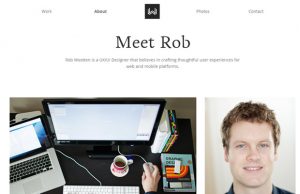 By now, you’ve set up a portfolio website with five pages and you should be getting close to finished (if you haven’t started, ask someone on your team). The purpose of this five-page website is to show off who you are and what you’ve learned throughout the semester. For example, you have an “about” page where you will share some information about your experience and your interests. You also have a “portfolio” page that will provide links to various pages and demos that you’ve coded in this class. And part of what you’re doing with this five-page website is making it personal. That means adding a couple of images and bringing in your own colors. In the end, you will have a complete website that you can show off as a way of demonstrating what you know.
By now, you’ve set up a portfolio website with five pages and you should be getting close to finished (if you haven’t started, ask someone on your team). The purpose of this five-page website is to show off who you are and what you’ve learned throughout the semester. For example, you have an “about” page where you will share some information about your experience and your interests. You also have a “portfolio” page that will provide links to various pages and demos that you’ve coded in this class. And part of what you’re doing with this five-page website is making it personal. That means adding a couple of images and bringing in your own colors. In the end, you will have a complete website that you can show off as a way of demonstrating what you know.
If you were not here for the setup of your Portfolio Website, go back to Lesson 4.1 and go through the ten steps of the Daily Design. Otherwise, you may simply look below.
This is your last graded web design assignment before the final project begins. In order to get a good grade, you need to have the following five things.
Grading – Portfolio Websites
In order to get a good grade on this final assignment, you need to have the following six things:
- Color Palette & Site Identification
Your design must have three unique colors (part of a color palette) that you have chosen to use and cannot have the same colors that were there when you started. You must also change the name on your website in the TITLE elements and the FOOTER elements of ALL pages so that they reflect your actual name. - Two Unique Images
You must add a logo to the header of all pages as well as a single image on the Home Page (index.html). You must build a logo with CoolText and figure out how to get it onto your website. You must also find an image that represents you and add it to the Home Page (index.html), as instructed in the code. - Three Unique Paragraphs
You must complete three paragraphs for the “about.html” page as instructed in the code, each one with 4-5 sentences. Paragraph 1 is about you as a person. Paragraph 2 is about you as a web designer. Paragraph 3 is about you as an individual with other skills. - Links to Pages and Demos
You must provide internal links to at least 10 of your pages and at least 2 of your demos. More is better, but the links have been started for you. - JavaScript Demos
This was something we did as a class during Lesson 4.3, so if you were not here during that lesson or you need help getting some of your JavaScript demos to work, feel free to ask the teacher. - Accountability Essay
Remove “Coming Soon” from the heading tag and then write three paragraphs that answer the following three questions:
- Paragraph 1 (4-5 sentences or more)
How important is truth on the web and why does it matter?
Feel free to look up and use examples. - Paragraph 2 (4-5 sentences or more)
What can you do about it?
How can you make a difference as a web designer who makes websites?
Be specific and offer a thoughtful response. - Paragraph 3 (4-5 sentences or more)
Take some time to look over the presidential quotes again (you can find them in “Part 1 – Two Sides Discussion” above). Seven of them are true. Three of them are fake. Do a little bit of investigation and research (it will take some time), then choose one of the quotes you believe is fake. In your paragraph, write out the quote, along with the name of the president, and explain why you believe it is false.
Try not to be lazy and guess. Even if you’re wrong, you’ll get positive points for investigating.
- Paragraph 1 (4-5 sentences or more)

